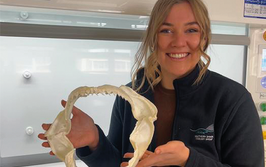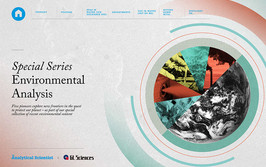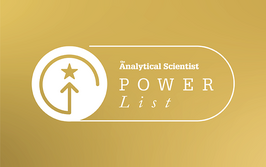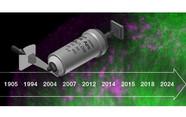Philip Marriott
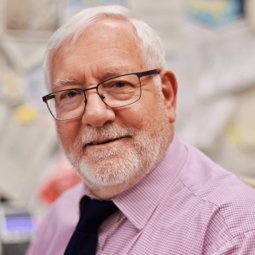
Professor of Chemistry, Monash University, Australia
A mentor or educator who has inspired you? Keith Bartle at the University of Leeds was instrumental in my career. As well as providing key references for job applications, Keith connected me with his research colleagues to further progress my studies. This first connection with Ally Lewis led to our paper on GCxGC analysis that was published in Nature in 2000. At a later date, Keith introduced me to Luigi Mondello – starting our collaboration on GCxGC with essential oils. The rest – as they say – is history! Its introductions and scientific match-making such as these that Keith nurtured, forming the basis of important collaborations. He actively seeks out researchers who can bring multidisciplinary solutions to problem solving, starting the process for various multidisciplinary projects.
Attracting talent… The promotion of science must begin at the earliest opportunity so that the enquiring mind immerses itself with the excitement of the field. By capturing the interest of the next generations, we can engage and stimulate them to give them their best chances of landing a future within science. Obviously, without the right resources, there are challenges in communicating this love for science at early education levels.
We must also enhance career pathways to align individuals’ interests with opportunities to contribute in the diverse ways that science can offer. Students should be made aware of how each specific field of analytical science can contribute to society – from food science and environmental science, to perfume analysis and forensics.
The decade’s most important development? There is an ever-increasing trend towards collaboration across disciplines, which is key in developing all areas of science. With analytical science playing a key role in these collaborations, we have the measurement capabilities to solve big emerging problems across various disciplines. Understanding the importance of analytical science is key to answering questions within biology, health, environmental science, and other crucial fields. True collaborative efforts can multiply the outcomes of our research.
Biggest challenge facing the field? Providing reliable and effective identification of major components and trace elements in complex compounds – such as metabolites in metabolomics – is the ultimate aim of high-resolution separation methods. Advances in separation techniques have expanded our understanding of sample composition, but accurately identifying the many peaks in a chromatogram is still challenging. Relying on mass spectrometry to provide valid identification without authentic standards is uncertain – leading to incomplete component coverage. Improving this to cover a larger portion of the sample composition is the overall desired objective that we still need to achieve.
Book for scientists? “Silent Spring” by Rachel Carson. Not only does this book provide a timely warning of unrestricted and excessive use of pesticides, but it can also serve as a sentimental tome to raise discussion of environmental ethics and preservation across science. Carson’s vision is to have a direct impact on how scientists shift the thinking of science to new initiatives in green and sustainable chemistry. It is a book before its time with an important lasting message.
